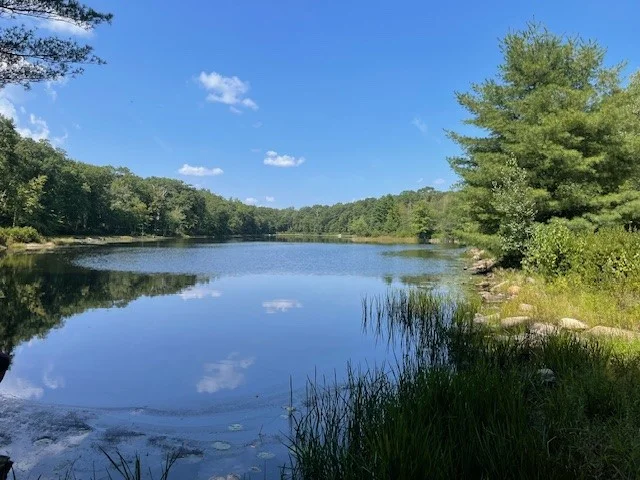
Connecticut Preserves 643 Acres Of Natural Beauty For Future Generations
In a remarkable achievement for environmental conservation, the state of Connecticut has acquired a significant 643-acre property in Killingly, complete with four picturesque lakes. This acquisition, finalized for $4.1 million, is one of the largest land purchases carried out by Connecticut in recent years, emphasizing the state's commitment to preserving its natural heritage.
The property, located at 520 Bailey Hill Road, adds to Connecticut’s inventory of wildlife management areas, which currently encompasses over 100 designated sites accessible to the public. The state’s Department of Energy and Environmental Protection (DEEP) officials announced the news, celebrating this acquisition as a key step towards the conservation of vital ecosystems and enhancement of recreational opportunities for residents and visitors alike.
DEEP Commissioner Katie Dykes praised the move, stating, “This acquisition is a landmark achievement for environmental conservation in Connecticut. The new wildlife management area will protect vital ecosystems and provide a serene space for the public to connect with nature through activities like wildlife watching and fishing.” Dykes’s words reflect a growing recognition of the importance of green spaces in fostering community engagement and preserving biodiversity.
Critically, the newly acquired property includes varied landscapes such as forests and wetlands, making it a haven for a rich array of plant and animal species. This diverse ecosystem is not only essential for wildlife conservation but also plays a vital role in maintaining water quality and sequestering carbon, addressing pressing climate change concerns.
The transaction represents a successful collaborative effort involving state and federal funding, alongside grants from the Federal Aid in Wildlife Restoration Program. The motive behind the acquisition isn’t merely ecological; it also marks progress towards Connecticut’s ambitious goal of designating 21% of its land—approximately 673,210 acres—as open space. As of the latest updates, the state is still working towards meeting this target, making the new property a critical addition towards that aim.
Interestingly, the previous owner, prominent developer Mark Greenberg, had attempted to develop the land for residential purposes but ultimately recognized the property’s intrinsic value as a natural preserve. Greenberg noted that selling the land to the state felt right, as it would ensure the area remains protected indefinitely. “It was a gorgeous piece of property,” he remarked, reflecting on its beauty and potential.
As we celebrate this significant milestone in environmental conservation, one cannot help but ponder—what other hidden gems might still be out there, waiting for protection? The public is encouraged to connect with DEEP about future developments and opportunities at this scenic site.
Readers, what do you think about this preservation effort? Share your thoughts and insights in the comments below!